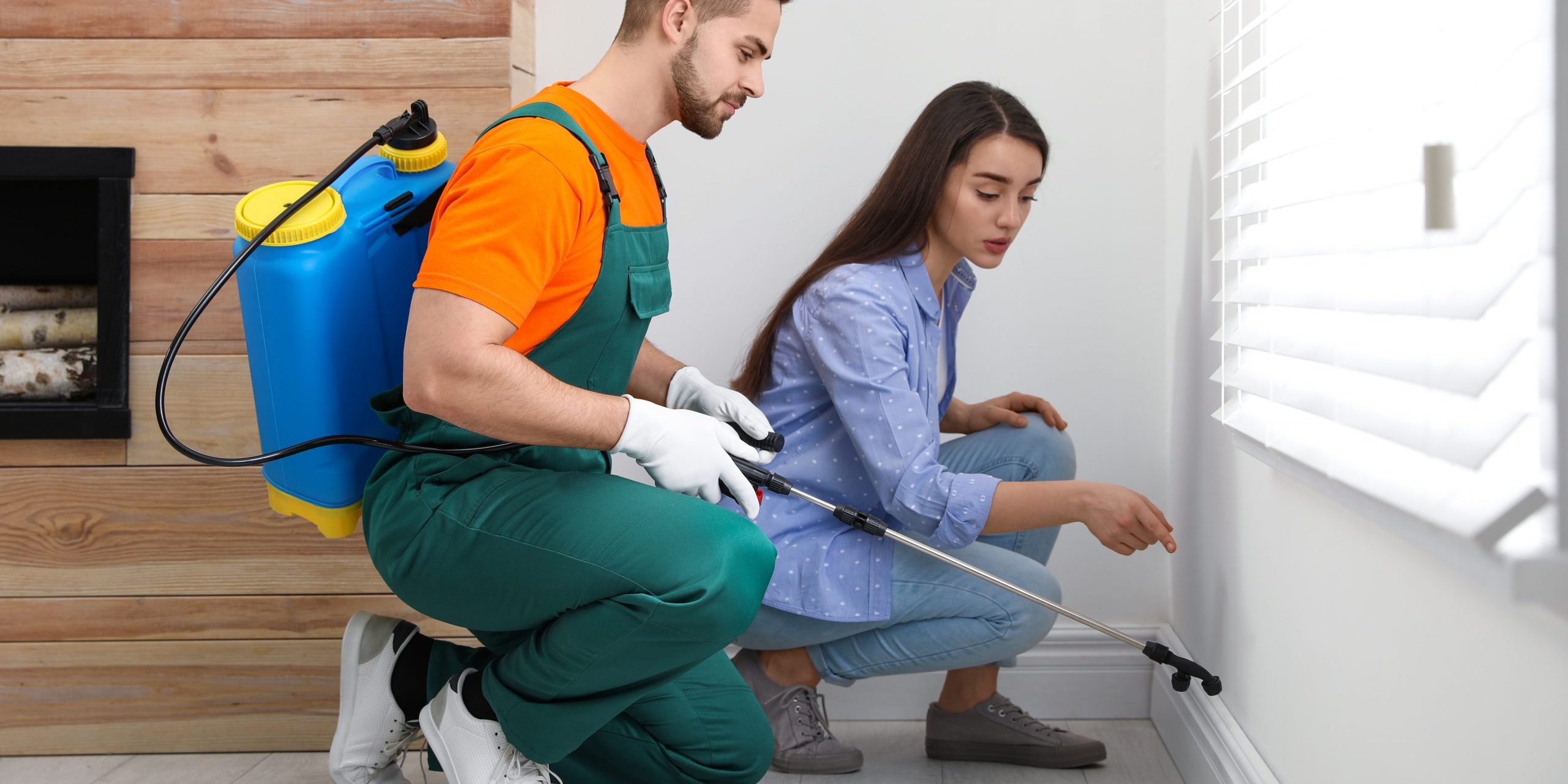Bed Bug Dog Detection: Identify Infestations Early for Comfort!
Bed Bug Dog Detection: Identify Infestations Early for Comfort!
Blog Article
Expert Parasite Control Techniques for Long-Term Results
In the world of pest control, accomplishing sustained efficiency and lasting results calls for a careful technique that goes beyond simple elimination. Professional parasite control methods envelop a comprehensive approach that begins with a comprehensive examination and assessment, adhered to by exact insect recognition to understand their actions patterns. The application of Integrated Pest Monitoring (IPM) concepts, coupled with eco-conscious therapies, forms the cornerstone of lasting bug obliteration. The real examination lies in the ongoing monitoring and upkeep of the dealt with areas, making sure a pest-free atmosphere for the direct future. By delving into the intricacies of these strategies, a much deeper understanding of professional parasite control approaches for sustaining end results arises.
Inspection and Analysis
Upon going into a building for pest control solutions, the first action is an extensive assessment and evaluation to determine the extent of the problem and determine the most efficient treatment plan. Expert parasite control professionals are trained to carefully take a look at the facilities, trying to find indications of pest task such as droppings, gnaw marks, nests, or any structural damages. They will additionally evaluate the problems that might be drawing in pests, such as food resources, water leaks, or entry factors.

Parasite Identification and Actions

Additionally, recognizing the behavior of the determined pest is essential to implementing efficient control steps. Recognizing where parasites nest, what they feed on, and their activity patterns can help pest control professionals create techniques to eradicate them successfully.
Integrated Pest Monitoring (IPM)
Integrated Bug Management (IPM) techniques integrate several strategies to regulate and protect against pest problems in a lasting and ecologically friendly way. bed bug heat treatment. By integrating approaches such as biological control, environment control, adjustment of cultural practices, and the use of resistant selections, IPM intends to minimize making use of chemical pesticides
One of the key concepts of IPM is the emphasis on prevention. This proactive approach includes surveillance pest populations regularly to detect any type of potential concerns prior to they rise. By identifying insect problems beforehand, pest control procedures can be implemented quickly and properly.
In addition, IPM promotes making use of safe bug control techniques whenever possible. This can include utilizing all-natural killers of the insects, introducing useful bugs, or using pheromones to disrupt mating patterns. By lowering reliance on chemical pesticides, IPM not only secures the atmosphere however likewise aids keep an equilibrium in the ecological community.
Environmentally-Friendly Therapies
Implementing eco-conscious techniques in parasite control procedures can effectively attend to invasions while prioritizing environmental sustainability. Environmentally-friendly treatments concentrate on lessening the impact of insect control techniques on ecological communities, non-target organisms, and human health. These methods commonly involve using natural predators, such as ladybugs or nematodes, to regulate pest populaces, lowering the demand for chemical treatments. In addition, wildlife removal methods like habitat adjustment, such as adjusting wetness levels or removing food resources, can help discourage bugs without the use of harmful compounds.
One more key aspect of environmentally-friendly therapies is using organic and eco-friendly items that break down swiftly without leaving dangerous residues in the environment. Organic insecticides stemmed from plants like chrysanthemums or neem provide effective pest control while presenting minimal danger to non-target varieties. Using methods like heat treatments or scent traps can target additional resources particular parasites with accuracy, reducing the overall ecological impact of bug control methods.
Continuous Monitoring and Maintenance
Routine assessments by trained experts are necessary to determine any indicators of pest task, analyze the efficiency of previous treatments, and make adjustments to the parasite control plan as required. By keeping track of parasite populaces over time, parasite control experts can track trends, prepare for potential concerns, and implement preventive procedures to reduce the risk of future problems.
In addition to surveillance, maintenance practices are vital for long-lasting parasite control success. This includes executing appropriate hygiene measures to get rid of potential food and water sources for parasites, sealing off entry points to stop bugs from entering the facilities, and addressing any type of structural concerns that might promote pest problems (bed bug exterminator). By including recurring surveillance and maintenance into an integrated parasite monitoring technique, services can make sure a pest-free environment and secure their property versus pricey damages and health and wellness threats
Verdict
In conclusion, utilizing specialist insect control techniques such as thorough pest infestation examination and evaluation, precise bug recognition and understanding of their habits, integrated pest administration techniques, environmentally-friendly treatments, and ongoing tracking and maintenance are vital for accomplishing long-lasting lead to insect control. By implementing these techniques, individuals can successfully manage insect invasions and keep a pest-free setting in a lasting fashion.
Report this page